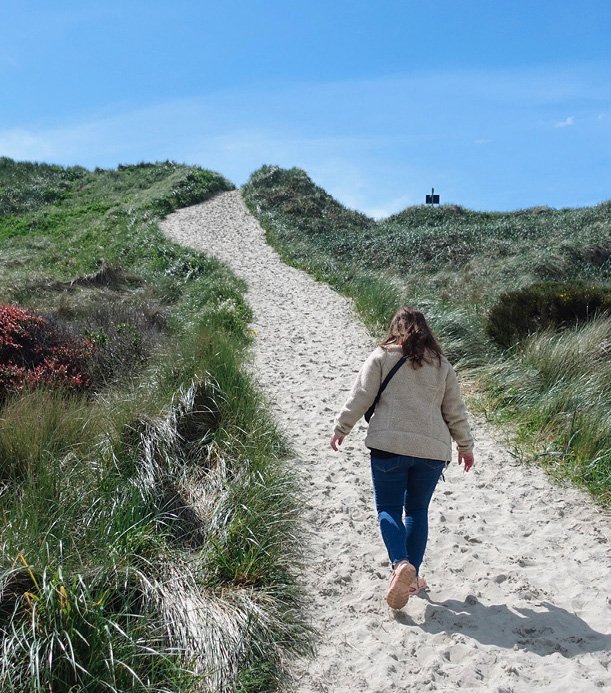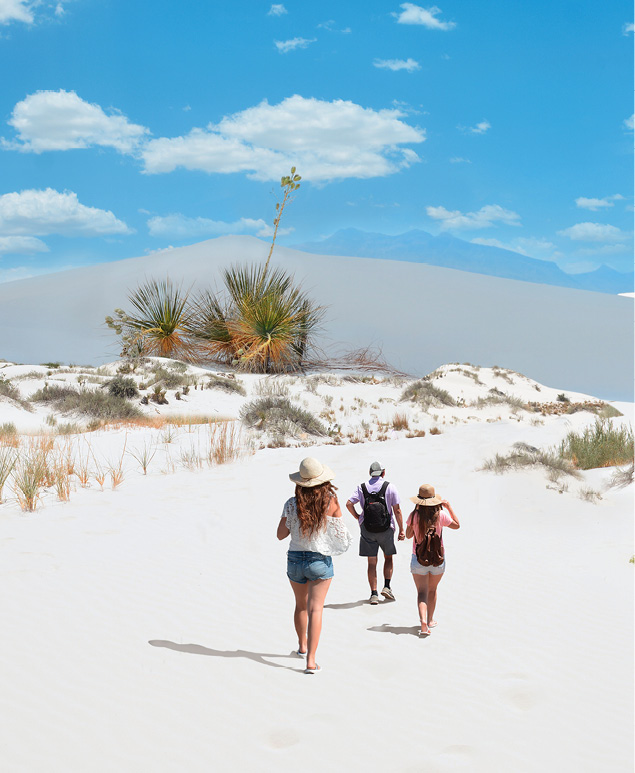In 1965, science-fiction writer Frank Herbert published “Dune,” a sweeping novel that takes place largely on the planet Arrakis—where natural resources could be extracted from beneath a desert-like sand-covered surface. In writing the epic tome, Herbert found inspiration for the far-off planet in what is now the Oregon Dunes National Recreation area, which stretch more than 40 miles, north to south, along the state’s central coastline.
The Oregon Dunes National Recreation Area, officially designated as such in 1972, remains a popular outdoor destination today—as do several other dunes throughout the American West. Across the region, state parks, national parks, and other protected lands offer access to windswept dunes where visitors can hike, go sledding, try sandboarding (similar to a snowboard, but designed for sand), ride off-highway vehicles, or stargaze from within the remote outposts. If you’re interested in exploring the dunes of the American West, we’ve rounded up a few favorites, along with ideas for what to do and when to visit these places that seem to appear as if from the pages of a novel.
Some 64 miles south of Boise, Bruneau Dunes State Park boasts the tallest single-structured sand dune in North America—meaning its dune hills, the tallest of which reaches 470 feet, are all connected, rather than spread out. The best way to experience that expanse is via a 6-mile hiking trail that heads through the park’s wetlands, ascends the Big Dune, and follows the shore of the park’s pair of lakes. By day, visitors can also rent sleds and sandboards from the park’s visitor center; by night, the park’s observatory, open on weekends between early April and mid-October, showcases the wonder of the cosmos through a collection of telescopes.
Great Sand Dunes National Park & Preserve sits in southern Colorado, at the foot of the Sangre de Cristo Mountains, and boasts the tallest dunes in North America—all surrounded by grasslands, wetlands, forests, and other scenic ecosystems. The dunefield covers 30 square miles, but visitors typically converge on a lone parking area before crossing Medano Creek and wading into the dunes. Hardy hikers head toward Star Dune, rising 750 feet, while others traverse the slopes in customized sleds and sandboards, available to rent from retailers near the park entrance and in surrounding communities. When the sun sets, the park’s remote location, high elevation, and dry air make it an acclaimed stargazing destination. Time your visit to autumn, when temperatures are crisp and aspen groves in the surrounding forests pop with vibrant hues of yellow.
Coral Pink Sand Dunes State Park in southern Utah has reddish sands, made up of eroded Navajo sandstone and, thanks to steady winds, can move as much as 50 feet each year. While many of the parks are geared toward hikers, Coral Pink Sand Dunes is most popular with off-highway vehicle riders. Roughly 90 percent of the park’s colorful dunes—a full 1,200 acres—are open to four-wheelers, buggies and other heart-pumping rides. Guided tours are offered if you’re curious but lack the requisite gear. For those traveling on two feet, sandboard and sled rentals are available at the park.
Matt Wastradowski is an Oregon-based travel writer who has written for REI, Outside, and Willamette Week. He wrote two guidebooks: Moon Oregon Hiking and Moon Columbia River Gorge & Mount Hood.



